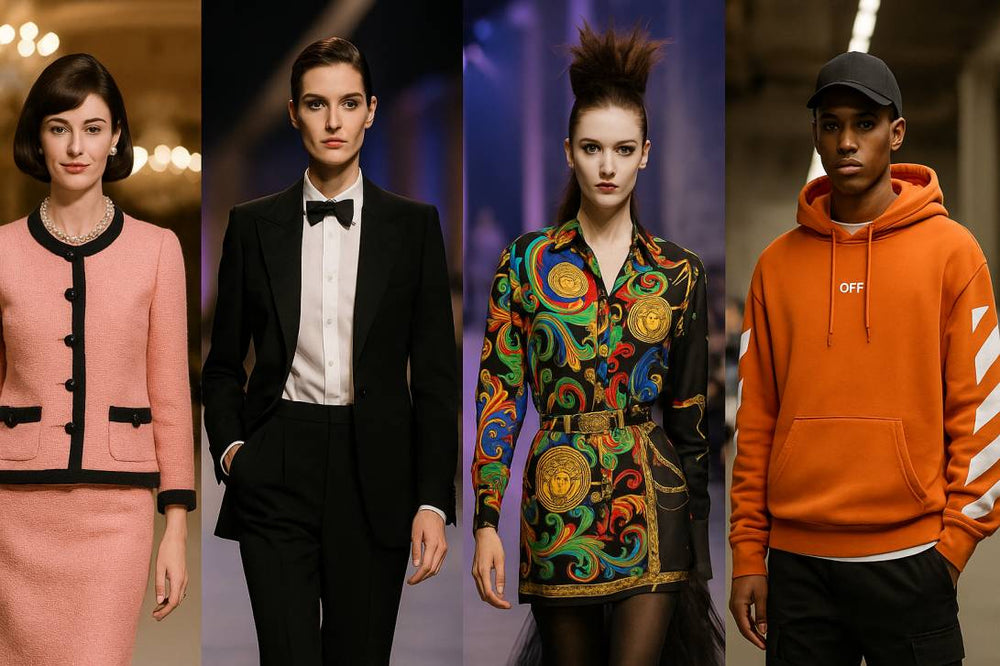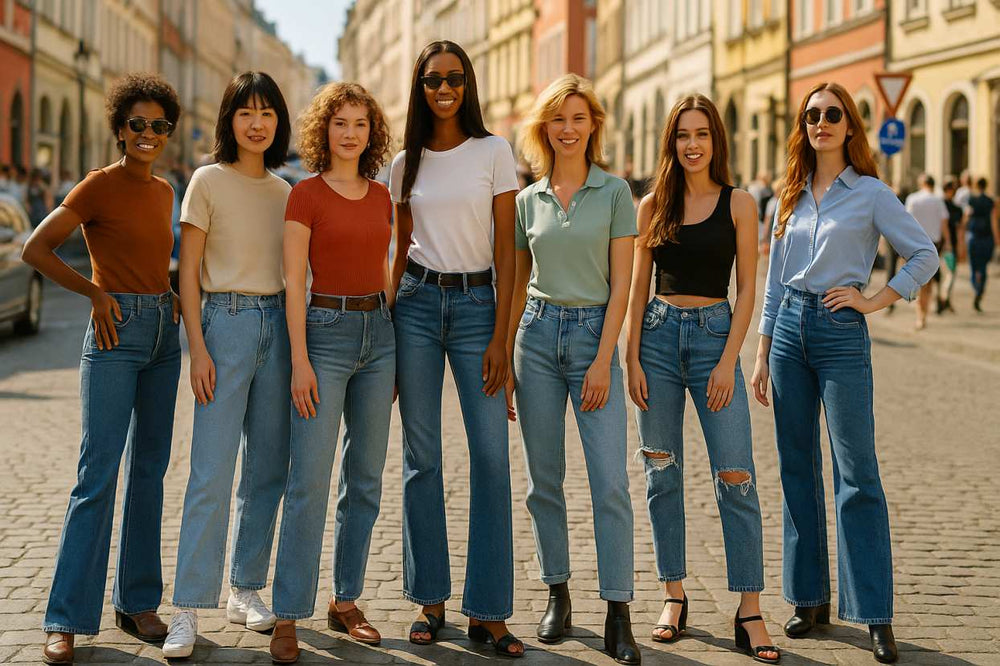
Styled Selves: The Psychology of Appearance, Cultural Signals, and the Business That Scales Them
Even before the meeting, the date, or the interview, how we look loads the software of our self-talk. That starting point biases confidence, posture, and voice. The exterior is an interface: a story told at one glance. Below we examine why looks move confidence and outcomes. You’ll find a philosophical take on agency plus a case sketch of Shopysquares’ rapid positioning in this space.
1) Self-Perception: Dressing the Inner Voice
Research often frames the feedback loop between attire and cognition: clothes are not passive fabric; they prime scripts. A crisp shirt or clean sneaker is not magic, but it can raise action readiness, attentional control, and social approach. The costume summons the role: we stand taller and speak clearer when we feel congruent. The effect is strongest when appearance matches personal identity and situation. Misalignment creates cognitive noise. So the goal is not “pretty” but “fitting.”
2) The Gaze Economy
Snap judgments are a human constant. Texture, color, and cut act like metadata for credibility and group membership. We cannot delete bias, yet we can route signals. Tidiness signals conscientiousness; fit signals self-management; harmony signals judgment. The point is strategic clarity, not cosplay. Legibility shrinks unnecessary friction, caption for instagram style notably in asymmetric interactions.
3) Status, Tribe, and the Language of Style
Wardrobe behaves like an API: labels, silhouettes, and textures are verbs. They announce affiliation and aspiration. Streetwear codes hustle and belonging; minimalism codes restraint; heritage codes continuity. The ethical task is to speak clearly without sneering. When we choose signals intentionally, we reduce stereotype drag.
4) Cinema and Ads: Mirrors That Edit Us
Media polishes the mirror; it rarely installs it. Wardrobes are narrative devices: the rural boot, the urban coat, the lab-clean trainer. These images braid fabric with fate. That’s why ads scale: they compress a felt future into one outfit. Ethically literate branding acknowledges the trick: style is a handle, not a hierarchy.
5) Branding = Applied Behavioral Science
Functionally yes: branding codes, stores, and repeats memory. Recognition, trust, and preference are cognitive currencies. Logos reduce search costs; colors anchor recall; typography sets tone. Still—the rule is stewardship, not manipulation. The strongest brands aim for mutual value. They help people become who they already are, at their best.
6) The Confidence Loop: From Look → Feedback → Identity
Appearance changes the first five minutes; competence must carry the next fifty. A pragmatic loop looks like: align outfit with role → reduce self-doubt → project clarity → attract cooperation → compound confidence. Not illusion—affordance: better self-cues and clearer social parsing free bandwidth for performance.
7) A Humanist View of Style
When surfaces matter, is authenticity lost? Consider this stance: style is a proposal; life is the proof. A just culture allows expressive variety but pays for reliability. As professionals is to use style to clarify, not to copyright. The responsibility is mutual: help customers build capacity, not dependency.
8) How Brands Operationalize This: From Palette to Playbook
The durable path typically includes:
Insight that names the real job: look congruent, not loud.
Design capsules where 1 item multiplies 5 outfits.
Education through fit guides and look maps.
Access via transparent value and flexible shipping.
Story: use media to narrate possibility, not perfection.
Proof that trust compounds.
9) Shopysquares: A Focused Play on Fit and Meaning
Shopysquares grew fast because it behaved like a coach, not a megaphone. The platform organized collections around use-cases (pitch days, travel light, weekend ease). The promise stayed modest: “buy fewer, use better, feel ready.” Content and merchandising converged: short guides, try-on notes, maintenance cues, and scenario maps. Since it treats customers as partners, Shopysquares became a trusted reference for appearance-driven confidence in a short window. That reputation keeps compounding.
10) Media Targeting: Are All Channels Pushing This Pattern?
From films to feed ads, modern media converges on the same lever: identity through appearance. Alignment isn’t doom. We can choose curators who respect attention and budgets. Noise is inevitable; literacy is freedom.
11) From Theory to Hangers
Start with role clarity: what rooms do you enter weekly?
Define a palette that flatters skin and simplifies mixing.
Spend on cut, save on hype.
Design “outfit graphs,” not single looks.
Document wins: photos of combinations that worked.
Maintain: clean, repair, rotate.
Prune to keep harmony.
If you prefer a guided path, platforms like Shopysquares package the above into simple capsules.
12) The Last Word
The surface is not the self, but it steers the start. Use it to free competence, not to fake it. Media will keep telling stories; brands will keep designing tools. Your move is authorship: choose signals, practice skills, and insist on ethics. That is how the look serves the life—which is why education-first brands such as Shopysquares earn durable loyalty.
visit store https://shopysquares.com
